Getting it right the first time
With digital twins helping to ward off manufacturing defects, maybe product recalls will soon be a thing of the past?
15 September is a date Samsung employees are unlikely to forget anytime soon. It’s the day U.S. safety regulators formally announced a recall of Samsung’s new flagship Galaxy Note 7 smartphone in response to an electrical fault that had caused several units to overheat and even catch fire during charging. At that time there were already over a million of the phones in circulation worldwide, making the recall action a hugely expensive exercise.

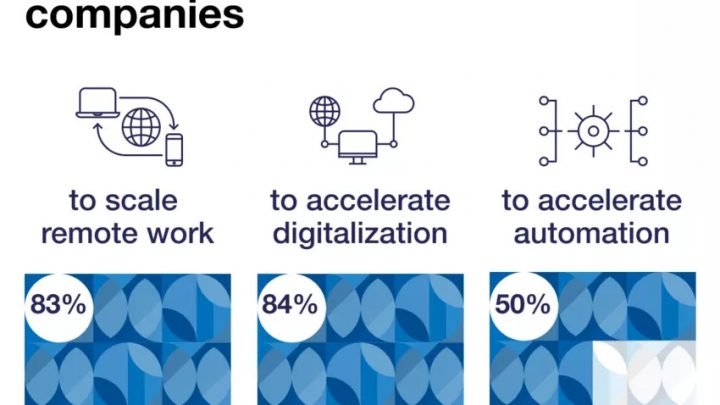
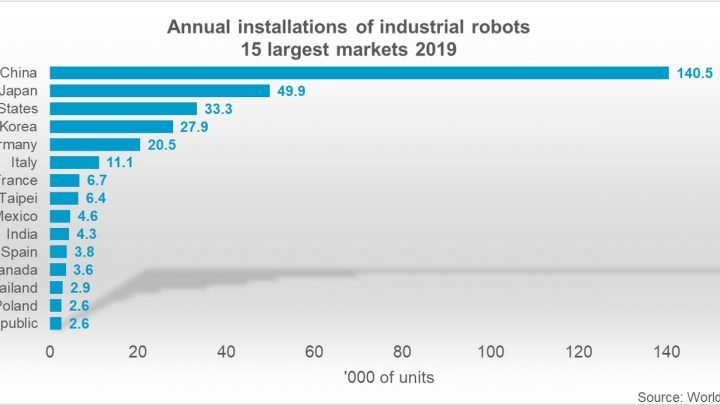
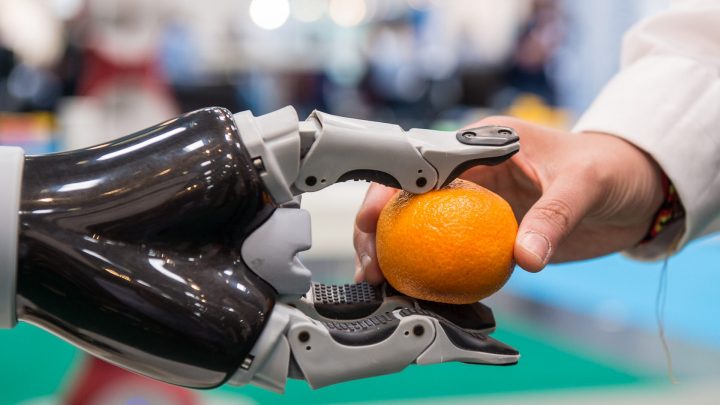


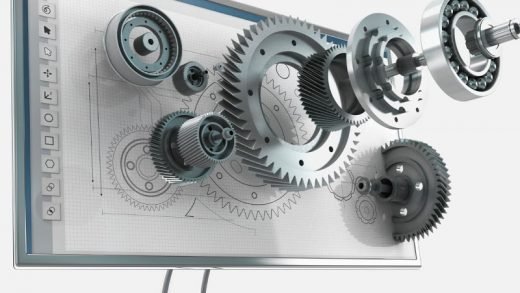

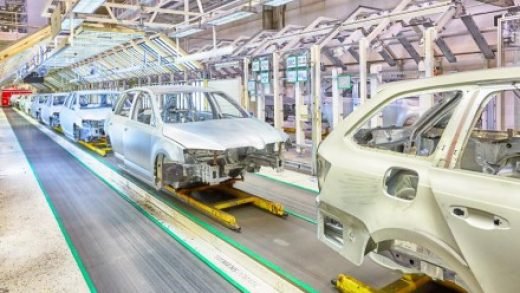
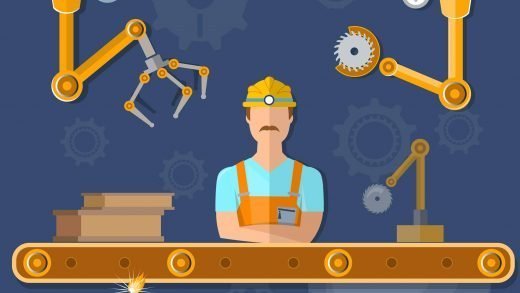
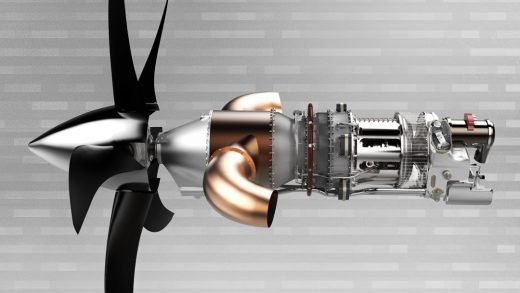
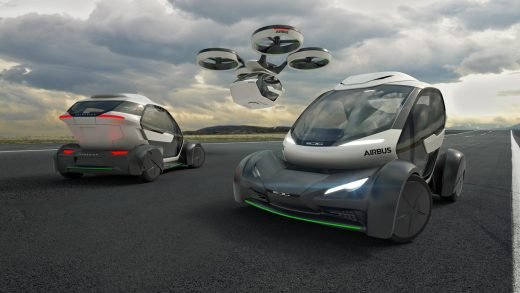
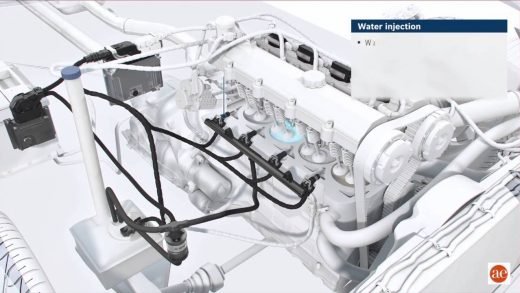
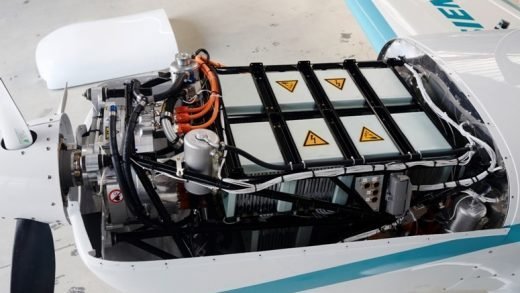
Recent Comments